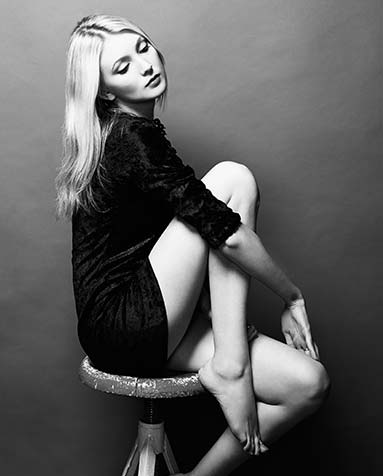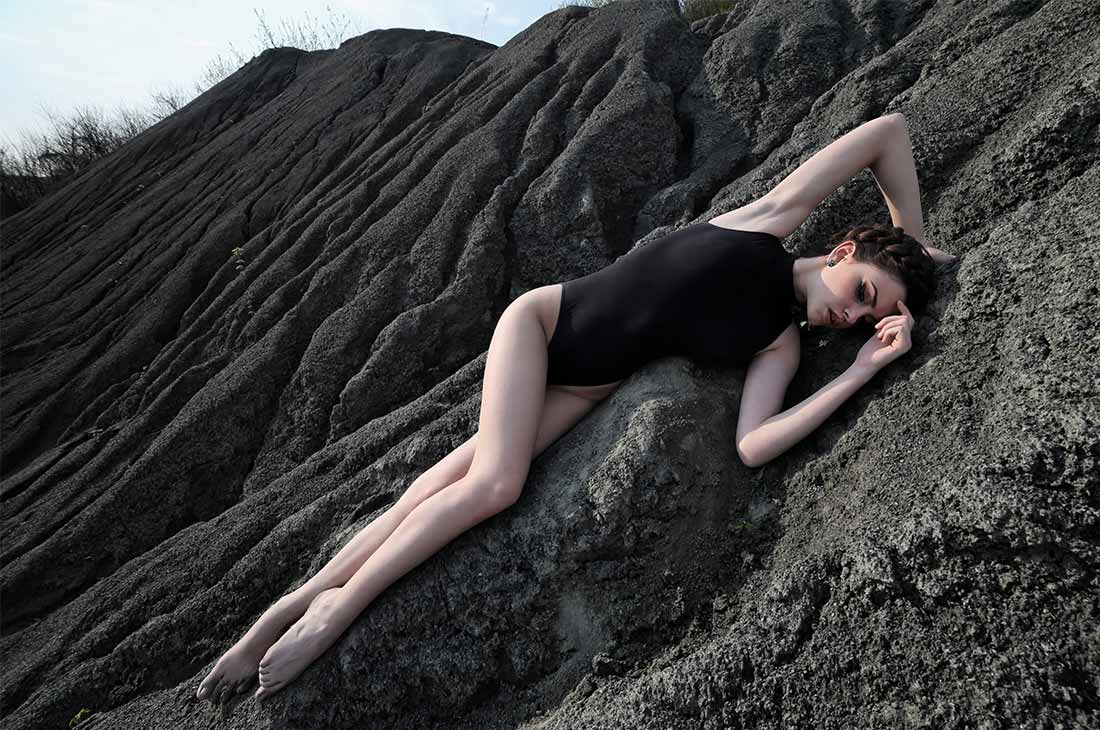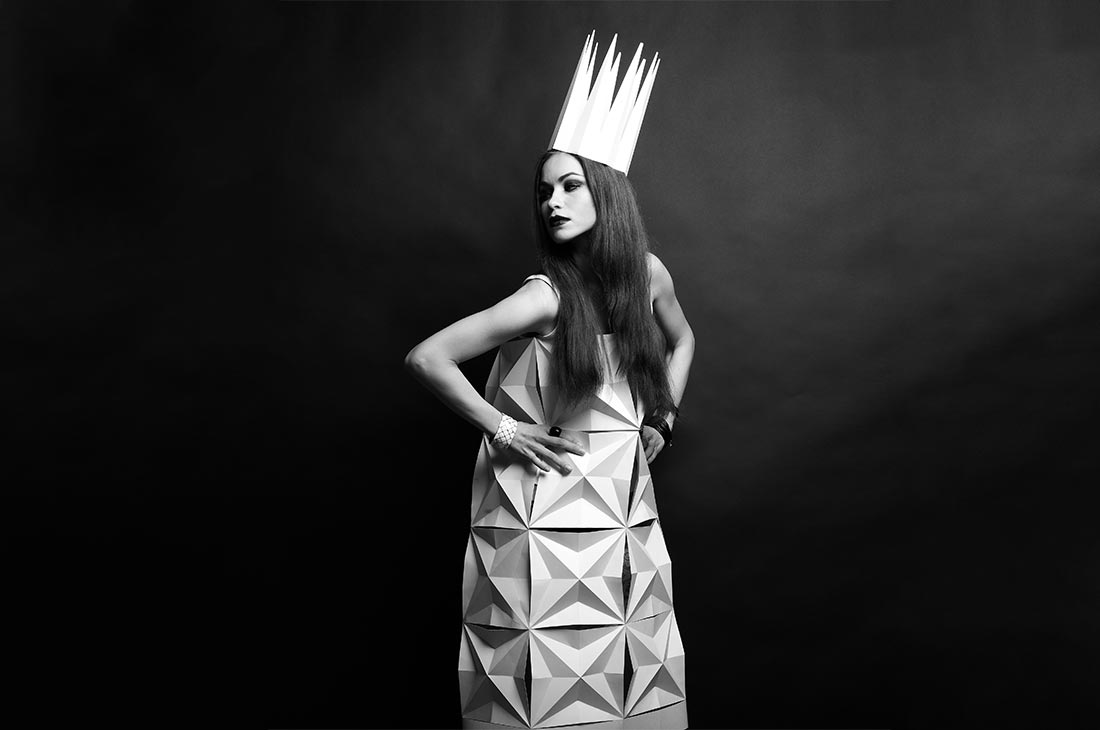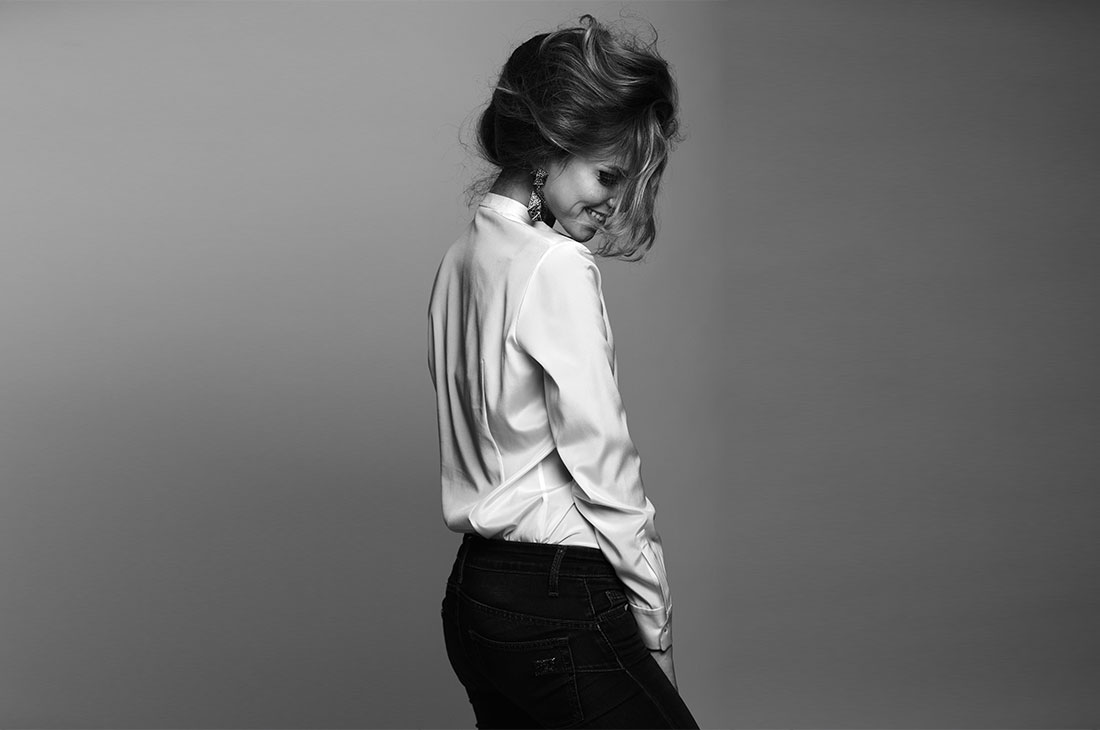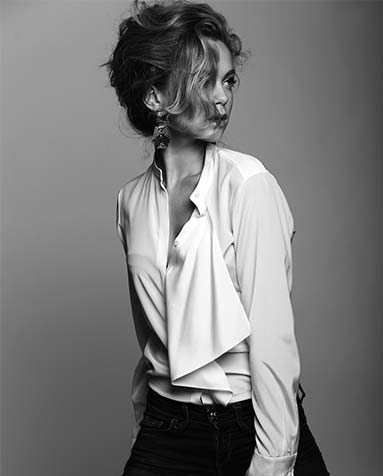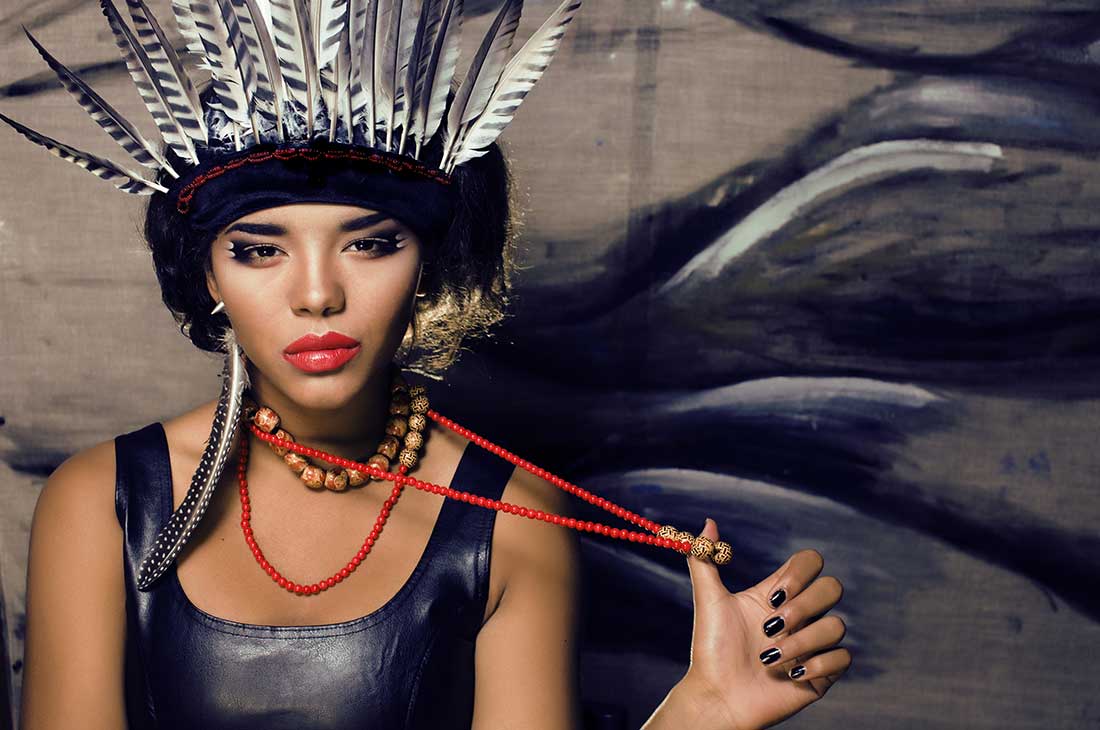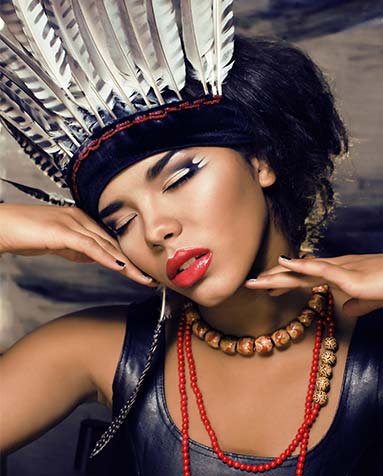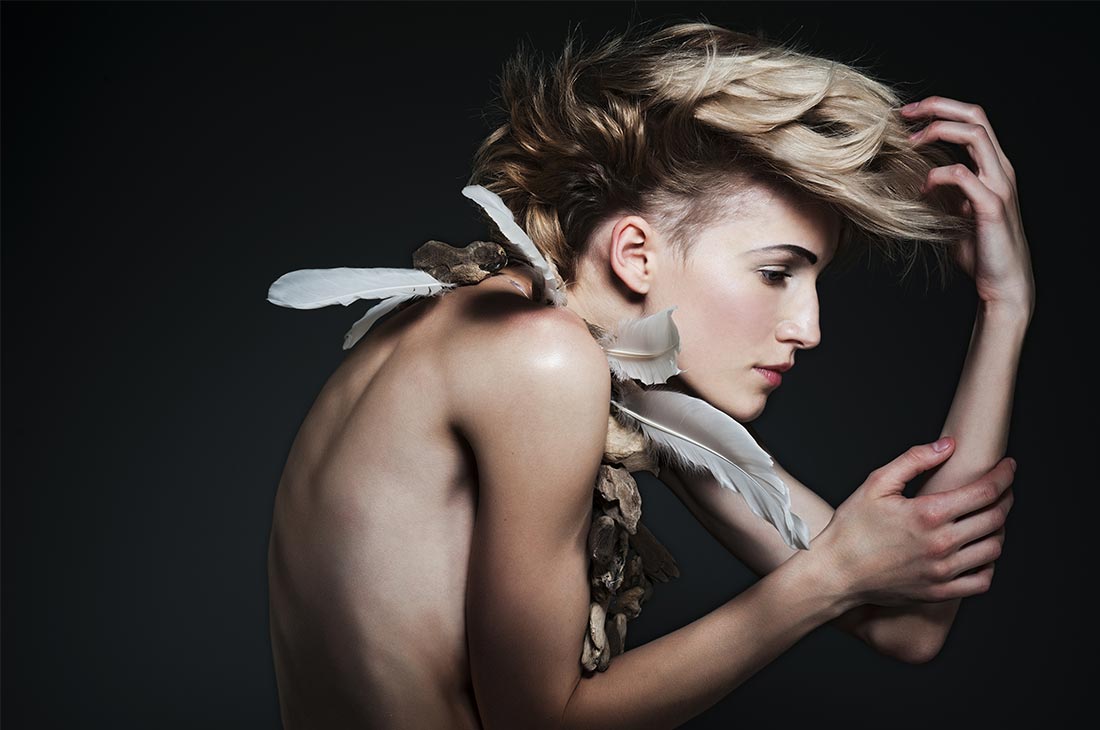In the ever-evolving world of fashion, the integration of technology has emerged as a transformative force, reshaping how designers conceptualize and create garments. The fusion of these two fields has led to innovative approaches that challenge traditional methods, offering exciting possibilities for the future of fashion. This article delves into the intersection of fashion and technology, explores the innovations shaping modern design, and examines the challenges and opportunities presented by this tech-driven evolution.
Exploring the Intersection of Fashion and Technology
Fashion and technology may seem like disparate worlds, but their intersection has become increasingly seamless. At its core, this convergence is about more than just incorporating digital tools into the design process; it’s about redefining the very essence of what fashion can be. Designers are now able to push the boundaries of creativity by using technology as a catalyst for innovation. For instance, 3D printing has allowed for the creation of intricate designs that were once impossible to realize using traditional techniques. This technology empowers designers to experiment with new textures, forms, and structures, offering a fresh perspective on garment construction.
Moreover, wearable technology has emerged as a key area where fashion and tech meet, blending functionality with style. From smart fabrics that can change color or adapt to temperature, to garments embedded with sensors that monitor health metrics, the possibilities are vast. This intersection has also led to the rise of fashion tech startups, which are dedicated to developing products that enhance the consumer experience. These innovations are not only about aesthetics but also about creating clothing that interacts with the wearer in meaningful ways, thus enhancing the utility of fashion.
The digital revolution has also transformed the way fashion is marketed and consumed. Social media platforms and e-commerce have democratized fashion, making it accessible to a global audience. Virtual and augmented reality technologies are being used to create immersive shopping experiences, allowing consumers to visualize how garments will look and fit before making a purchase. This shift has not only enhanced customer engagement but also streamlined the supply chain, allowing for more efficient production and distribution processes.
Another fascinating aspect of this intersection is the use of artificial intelligence (AI) in fashion design. AI algorithms can analyze consumer data to predict trends, offering designers insights into what styles are likely to resonate with their audience. Additionally, AI can assist in the design process itself, generating new patterns and styles that may not have been conceived by a human designer. This collaboration between human creativity and machine intelligence is paving the way for a new era in fashion design.
Sustainability is another critical area where technology is making a significant impact. The fashion industry is notorious for its environmental footprint, but advancements in tech are providing solutions to mitigate this issue. From biodegradable materials to digital design processes that reduce waste, technology is playing a crucial role in creating a more sustainable fashion ecosystem. This shift not only benefits the environment but also aligns with the growing consumer demand for eco-friendly products.
Finally, the intersection of fashion and technology is fostering a new level of personalization. With the help of data analytics and machine learning, brands can offer customized experiences to consumers, tailoring products to individual preferences and needs. This level of personalization extends beyond fit and style, encompassing aspects such as fabric choice and functionality. As a result, consumers are more likely to find garments that truly resonate with their personal style, enhancing their overall satisfaction with the fashion industry.
Innovations Shaping the Future of Fashion Design
The landscape of fashion design is being reshaped by a host of technological innovations that are pushing the boundaries of creativity and functionality. One of the most groundbreaking developments is the use of 3D printing technology in garment production. This innovation allows designers to create complex structures and patterns that were previously unattainable, offering a new level of artistic expression. By using 3D printing, designers can experiment with unconventional materials and designs, resulting in unique and avant-garde fashion pieces that challenge the norms of traditional apparel.
Smart textiles represent another significant advancement in the fashion industry. These fabrics are embedded with electronic components, enabling them to interact with the environment and the wearer. For example, some smart textiles can change color or texture in response to external stimuli, such as temperature or light. Others are designed to monitor the wearer’s vital signs, providing real-time health data. This integration of technology into textiles not only enhances the functionality of garments but also opens up new possibilities for personalization and customization in fashion design.
Augmented reality (AR) and virtual reality (VR) are revolutionizing the way fashion is experienced and consumed. These technologies allow designers to create immersive environments where consumers can interact with virtual garments and accessories. For instance, virtual fitting rooms enable customers to see how clothes will look and fit on their bodies without physically trying them on. This innovation not only enhances the shopping experience but also reduces the need for physical inventory, contributing to a more sustainable fashion industry.
Artificial intelligence is playing an increasingly prominent role in fashion design, offering solutions that streamline the creative process. Designers can use AI algorithms to analyze vast amounts of data, identifying trends and consumer preferences that inform their collections. AI can also assist in the design process itself, generating new styles and patterns that reflect current trends while incorporating innovative elements. This collaboration between human creativity and machine intelligence is leading to the development of fashion that is not only aesthetically pleasing but also highly relevant to contemporary consumers.
Sustainability is a key focus for many fashion designers, and technology is playing a vital role in advancing this goal. Innovations such as digital design processes and eco-friendly materials are helping to reduce the environmental impact of fashion production. For example, digital prototyping allows designers to create and test garments virtually, minimizing waste and resource consumption. Additionally, advancements in material science are leading to the development of biodegradable fabrics that decompose naturally, reducing the burden on landfills.
Finally, the rise of the Internet of Things (IoT) is influencing fashion design by enabling garments to connect with other devices and systems. This connectivity allows for the creation of clothing that can communicate with smartphones, home automation systems, and other IoT-enabled devices. For example, a jacket with built-in GPS capabilities can provide navigation assistance, while a shirt with integrated LED lights can display notifications from a smartphone. This integration of technology into fashion not only enhances the functionality of garments but also aligns with the growing trend of connected living.
Challenges and Opportunities in Tech-Driven Fashion
The integration of technology into fashion design presents a unique set of challenges and opportunities that are shaping the industry’s future. One of the primary challenges is the rapid pace of technological advancement, which can make it difficult for designers to keep up with the latest innovations. Staying current with technology requires continuous learning and adaptation, which can be resource-intensive for fashion brands. However, this challenge also presents an opportunity for designers to differentiate themselves by embracing cutting-edge technologies and incorporating them into their collections.
Another challenge is the high cost associated with implementing new technologies in fashion design. Developing and producing tech-enhanced garments often require significant investment in research and development, as well as specialized equipment and materials. This financial barrier can be prohibitive for smaller brands and independent designers, limiting their ability to compete with larger companies. However, as technology becomes more accessible and affordable, there is an opportunity for a wider range of designers to experiment with tech-driven fashion and bring innovative products to market.
The issue of sustainability is both a challenge and an opportunity in tech-driven fashion. While technology offers solutions for reducing the environmental impact of fashion production, it also raises concerns about electronic waste and the lifecycle of tech-enhanced garments. Designers must consider the environmental implications of incorporating technology into their products and strive to develop sustainable solutions that minimize waste. This challenge presents an opportunity for brands to position themselves as leaders in sustainable fashion, appealing to environmentally conscious consumers.
Consumer acceptance is another critical challenge for tech-driven fashion. While some consumers are eager to embrace innovative garments that offer enhanced functionality, others may be hesitant to adopt technology in their clothing. Designers must navigate this landscape by creating products that balance innovation with practicality and appeal to a broad audience. This challenge also presents an opportunity for brands to educate consumers about the benefits of tech-enhanced fashion and build trust in their products.
The integration of technology into fashion design also presents opportunities for collaboration across industries. Designers can partner with technology companies, material scientists, and engineers to develop innovative products that push the boundaries of traditional fashion. These collaborations can lead to the creation of garments that offer new levels of functionality and style, enhancing the overall consumer experience. By working together, fashion and technology professionals can drive innovation and create a more dynamic and interconnected industry.
Finally, the rise of tech-driven fashion presents an opportunity for brands to engage with consumers in new and exciting ways. By leveraging digital platforms and technologies, fashion brands can create interactive experiences that resonate with their audience and build lasting connections. From virtual fashion shows to personalized shopping experiences, technology offers a wealth of opportunities for brands to differentiate themselves and capture the attention of consumers in an increasingly competitive market.
As technology continues to evolve, its integration into fashion design presents both challenges and opportunities that are reshaping the industry. From innovative materials and processes to new ways of engaging with consumers, technology is driving a revolution in fashion that promises to redefine the way we create, experience, and consume clothing. While the path forward may be fraught with obstacles, the potential for innovation and growth is immense. By embracing the possibilities of tech-driven fashion, designers have the opportunity to lead the industry into a new era of creativity and sustainability, offering products that meet the needs of modern consumers and reflect the dynamic nature of our digital world.
